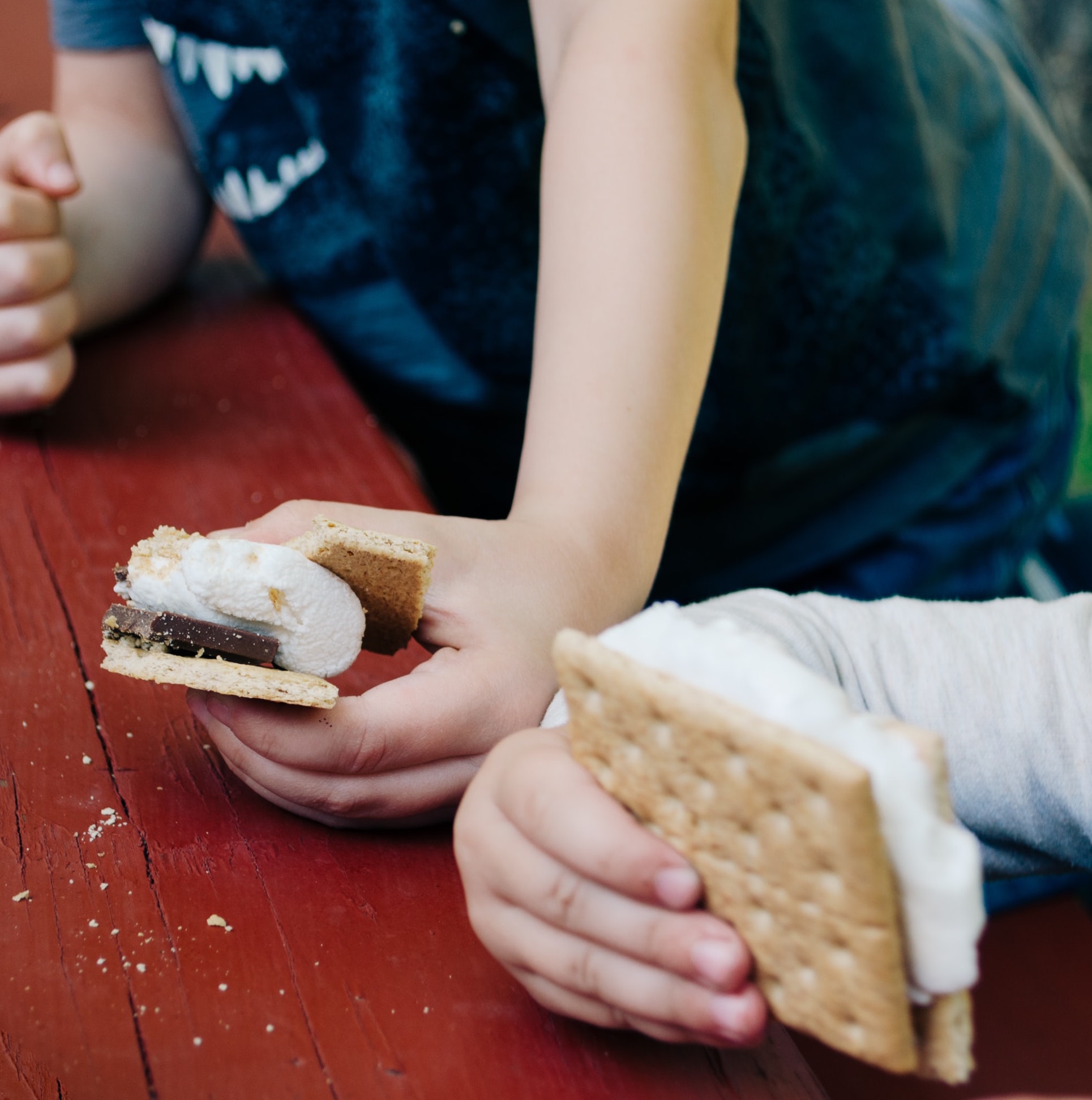
Summer holidays are over and schools have started again. Children see their friends and classmates a lot at school and they spend lunch and snack time together. Tim (see: https://newbrainnutrition.com/how-does-participating-in-a-clinical-trial-work/) is one of those kids. He has been following the elimination diet of the TRACE study for a while now. When he is at school, he also follows his diet. This has a positive effect on his concentration and impulsivity, which helps him to stick to his diet. However, seeing his friends eating things he is not allowed to, makes it a little harder for Tim to stick to his diet.
This does make sense. Research has shown that people’s eating behavior is influenced by others, mainly through modeling (1). Modeling of eating behavior means that you adapt your food choice and intake to that of your friend, classmate, or whoever you are eating with (1). Modeling helps us to find out what is appropriate eating behavior and helps us feel related to others (1). One study on the influence of peer modeling on eating behavior of children has shown that if peers show any dislike for a certain type of novel food, three- to seven-year-old children will probably follow their peers and are less likely to try the novel food (2). On the other hand, when peers first show a negative attitude towards the new food and a little later they show a positive attitude towards it, five- to seven-years-old children are more likely to try the novel food. So the effects of the negative modeling can be reversed for middle-aged children, but not for younger children of three to four-years-old (2). This might suggest that younger children might find it harder to overcome their first, negative experience with the novel food.
Luckily, Tim’s friends want to help him. They don’t show a negative attitude towards his diet. This helps him to stick to his diet and benefit from the positive outcomes!
- Cruwys, T., Bevelander, K. E., & Hermans, R. C. .J. (2015). Social Modeling of Eating: A Review of When and Why Social Influence Affects Food Intake and Choice. Appetite, 86, 3 – 18.DOI: 10.1016/j.appet.2014.08.035
- Greenhalgh, J., Dowey, A. J., Horne, P. J., Lowe, C. F., Griffiths, J. H., & Whitaker, C. J. (2009). Positive – and Negative Peer Modelling Effects on Young Children’s Consumption of Blue Food. Appetite, 52, 646 – 653. DOI:10.1016/j.appet.2009.02.016
